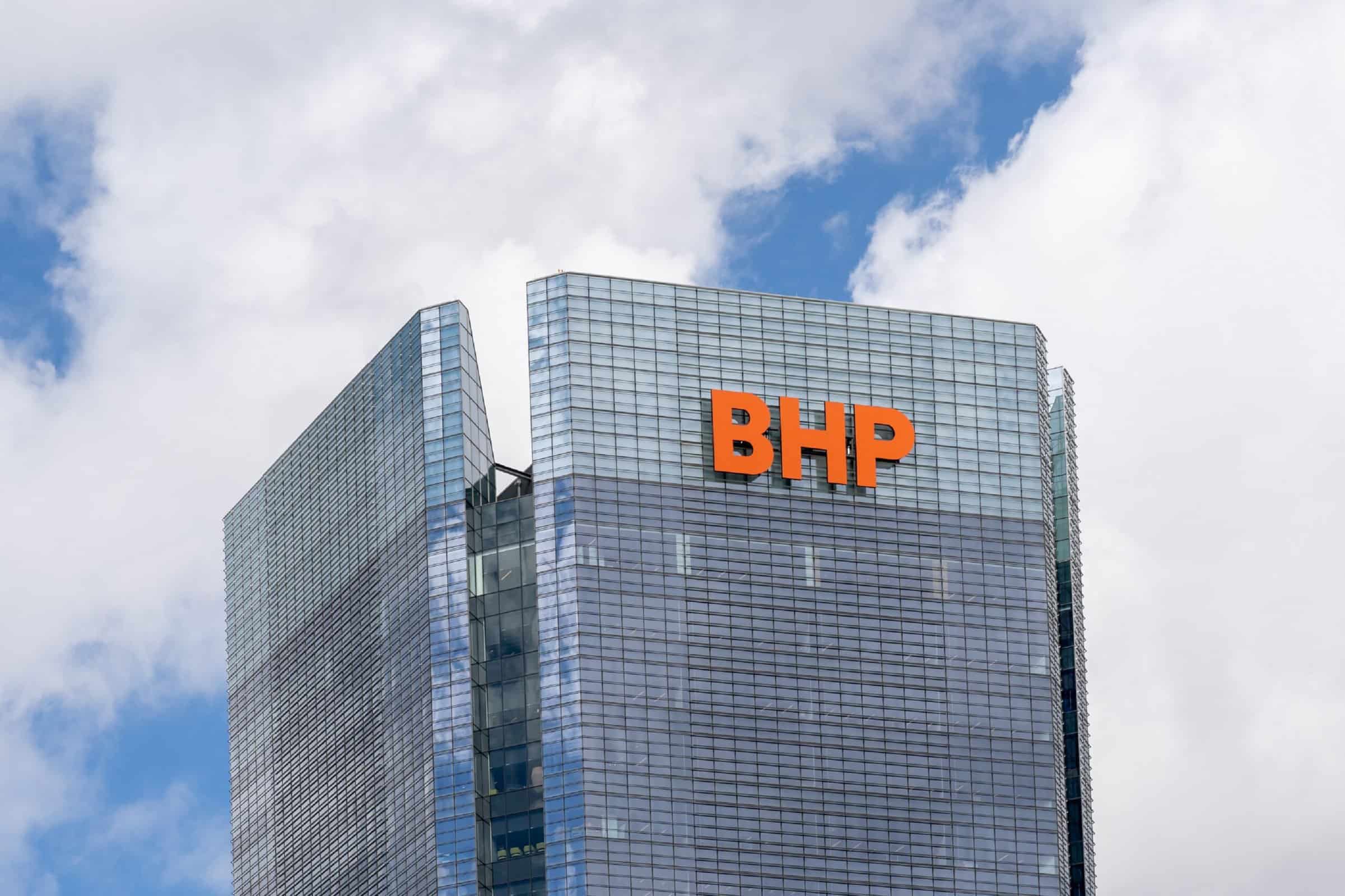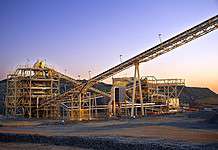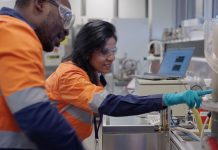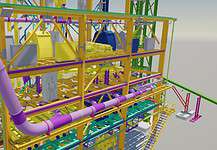BHP strengthens partnership with HBIS Group to lower carbon emissions

BHP (ASX:BHP) has signed an agreement with one of the world’s largest steelmakers — China’s HBIS Group — in a bid to lower blast furnace carbon emissions.
The partnership will see the companies trial direct reduced iron (DRI) production and utilisation of BHP iron ores in blends and progress a separate enhanced lump stage two trial.
To support the development of alternate steel production, the companies will trial commercial-scale DRI production using BHP iron ores in blends at HBIS’s newly commissioned DRI plant. The DRI plant uses hydrogen-rich gas byproducts in the steelworks to convert ore into a metallic iron product that is further refined for steel.
Additionally, the enhanced lump stage two trial will focus on the existing blast furnace steelmaking route, with the aim of reducing carbon emissions by increasing the use of direct charge lump and reducing the need for agglomerated feed which requires fossil fuels.
BHP chief executive Mike Henry commented on the partnership.
“HBIS Group is a key partner to BHP and an industry leader in assessing and demonstrating a range of potential pathways to reduce greenhouse gases in steelmaking,” he said.
“Our work with customers like HBIS Group, together with our own actions, aims to accelerate progress in reducing greenhouse gas emissions right along the value chain.”
The partnership expands on the work streams outlined in the 2021 memorandum of understanding between BHP and HBIS Group.
HBIS chairman Yu Yong says the company is excited to strengthen its partnership with BHP.
“HBIS and BHP are aligned in their aims to help develop greener, low-carbon solutions that can reduce emissions in steelmaking, leveraging on our long-standing and trusted relationship that we have forged over several years,” he said.
“The agreement signed today is another landmark following our substantive cooperation in areas such as CCUS, and highlights HBIS’s efforts to build a low-carbon raw material supply chain.”






















